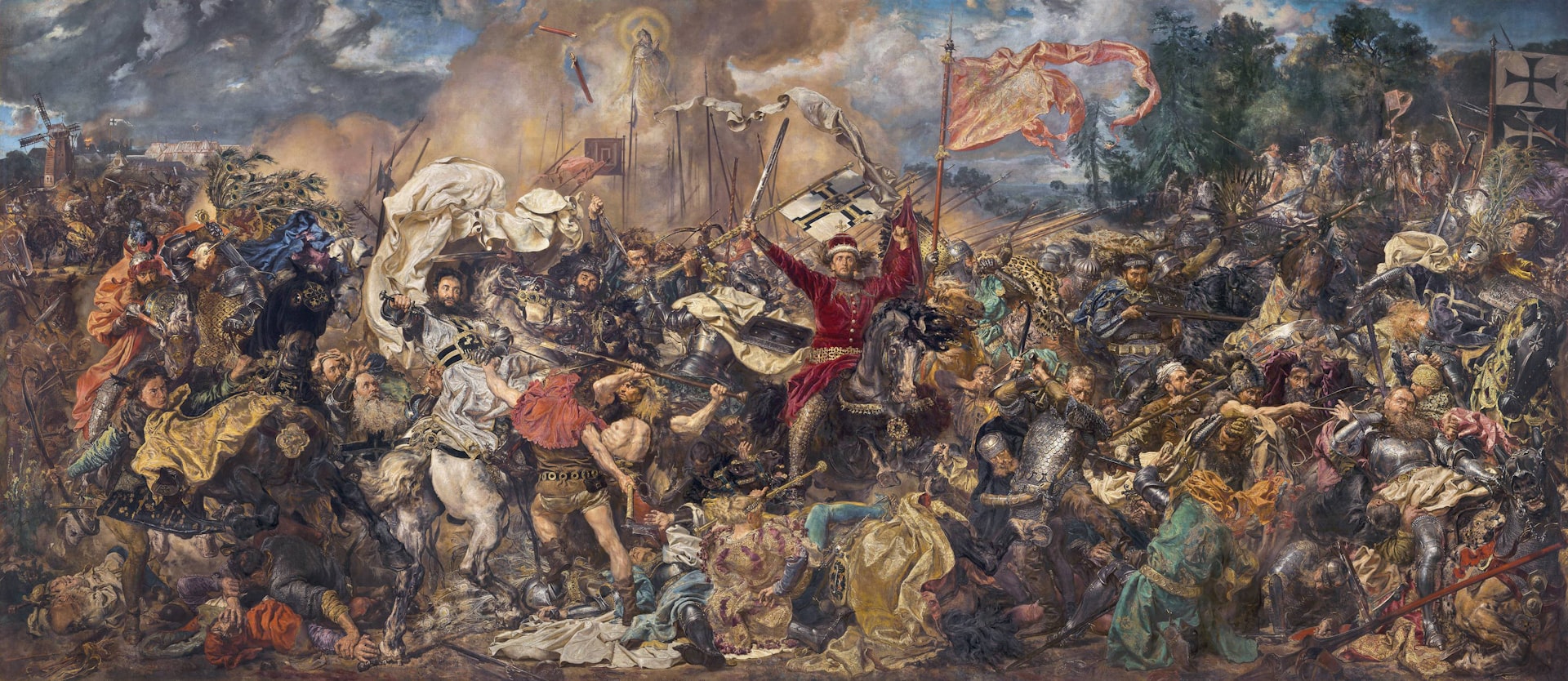Reshaping London: The Impact and Legacy of the Great Fire

Photo by Colin Courtney on Unsplash
Introduction
The Great Fire of London, which raged from September 2 to September 5, 1666, stands as one of the most significant urban disasters in European history. Originating in a bakery on Pudding Lane, the fire rapidly spread across the medieval city, destroying nearly four-fifths of the built environment and leaving tens of thousands homeless [2] . Yet, in the aftermath of devastation, Londoners demonstrated extraordinary resilience, setting the stage for far-reaching changes in architecture, governance, and society [1] .

Photo by Ana Georgiana on Unsplash
Scale of Destruction and Immediate Impact
The fire consumed 373 acres within the city walls and an additional 63 acres beyond, decimating approximately 13,200 houses, 86 parish churches, dozens of livery company halls, and critical civic infrastructure, including the Guildhall, Royal Exchange, and city prisons [1] . The estimated financial loss ranged from £8 million to £10 million, a staggering sum for the 17th century [1] . Roughly 70,000 to 100,000 people were rendered homeless, their livelihoods and possessions erased overnight [2] .
Despite the scale of destruction, the official casualty count was surprisingly low, with deaths recorded in single figures. However, historical debate continues; some believe the true toll may have been higher, given the chaotic conditions and incomplete records [3] .
Social and Political Consequences
The fire’s impact went far beyond physical destruction. It amplified pre-existing social and political tensions in England, which had recently emerged from civil war and plague [4] . Rumors quickly spread that the fire was an act of terrorism by foreign agents, fueling xenophobic violence against French and Dutch immigrants-groups already viewed with suspicion due to the ongoing Second Anglo-Dutch War [3] . King Charles II’s personal intervention at refugee camps helped restore order, with royal troops deployed to prevent panic and maintain public safety [1] .
The fire also exacerbated England’s financial instability. The monarchy, already burdened by war debts and reconstruction costs, faced severe fiscal challenges. The destruction of commercial centers such as the Royal Exchange disrupted trade, further straining the national economy [4] .
Urban Planning and Rebuilding London
In the wake of the fire, London was almost entirely rebuilt. Grand plans for a modern city were proposed by figures such as Christopher Wren and John Evelyn, envisioning broad boulevards and rationalized street layouts. However, practical constraints-property rights, funding, and the need for rapid reconstruction-meant that the city was largely rebuilt on its old foundations [2] .
The rebuilding process was marked by remarkable speed and organization. Civic structures quickly resumed operations, with the Guildhall relocating to Gresham College and livery companies resuming meetings within days [1] . Markets were improvised to prevent starvation among displaced residents. The government introduced new fire safety regulations, including requirements for buildings to be constructed of brick or stone rather than wood, and for wider streets to act as firebreaks [3] .
Innovation in Firefighting and Risk Management
The Great Fire exposed the limitations of contemporary firefighting methods, particularly the delayed use of firebreaks due to indecision by city officials [3] . Only when coordinated efforts, including the use of gunpowder by the Tower of London garrison, were finally undertaken did the spread of the fire halt [5] . The disaster led to the development of more effective fire prevention strategies and ultimately inspired the creation of organized fire brigades in London.
Samuel Pepys, in his famous diary, described the city as an inferno visible from miles away. Even King Charles II was seen helping to fight the flames, underscoring the gravity of the crisis [5] .
Cultural and Economic Legacy
The trauma of the fire left a lasting imprint on London’s identity and collective memory. The event is commemorated by the Monument to the Great Fire, located near Pudding Lane, and referenced in literature, diaries, and public art [2] . The rebuilding of St. Paul’s Cathedral under Christopher Wren remains an enduring symbol of the city’s resilience.
Economically, the fire forced a reevaluation of insurance and risk management practices. The need for protection against future disasters led to the establishment of the first fire insurance companies. London’s rapid recovery and subsequent growth demonstrated the city’s ability to adapt and thrive in the face of catastrophe [1] .
Accessing Further Information and Resources
If you wish to explore the impact and legacy of the Great Fire in greater depth, consider these approaches:
- Visit the Museum of London for in-depth exhibits and educational resources on the fire and its aftermath.
- Review primary sources such as Samuel Pepys’ diary, available through reputable historical archives and libraries.
- Consult academic articles and books on the fire’s social, political, and economic consequences through university libraries or trusted online platforms.
- Engage with historical societies or guided walking tours in London, many of which focus on the fire’s legacy and the city’s reconstruction.
For official government perspectives on London’s historic disasters and risk management policies, visit government websites such as the UK National Archives or the City of London’s official portal. Always confirm the authenticity of any site before sharing personal information or making bookings.
Key Takeaways and Lessons Learned
The Great Fire of London reshaped not only the city’s physical landscape but also its social, political, and economic structures. Its legacy includes improved building codes, the birth of modern firefighting, and a lasting cultural memory. Londoners’ resilience in the face of disaster remains a powerful example for cities confronting risk and rebuilding after tragedy.
References
- [1] Faculty of History, University of Oxford (2020). Facing up to catastrophe: The Great Fire of London.
- [2] Museum of London (2023). The Great Fire of London: Stories and Legacy.
- [3] Wikipedia (2024). Great Fire of London.
- [4] The Classic Journal, University of Georgia (2020). The Social and Political Consequences of the Great Fire of London.
- [5] London Fire Brigade Museum (2023). The Great Fire of London: History and Stories.



